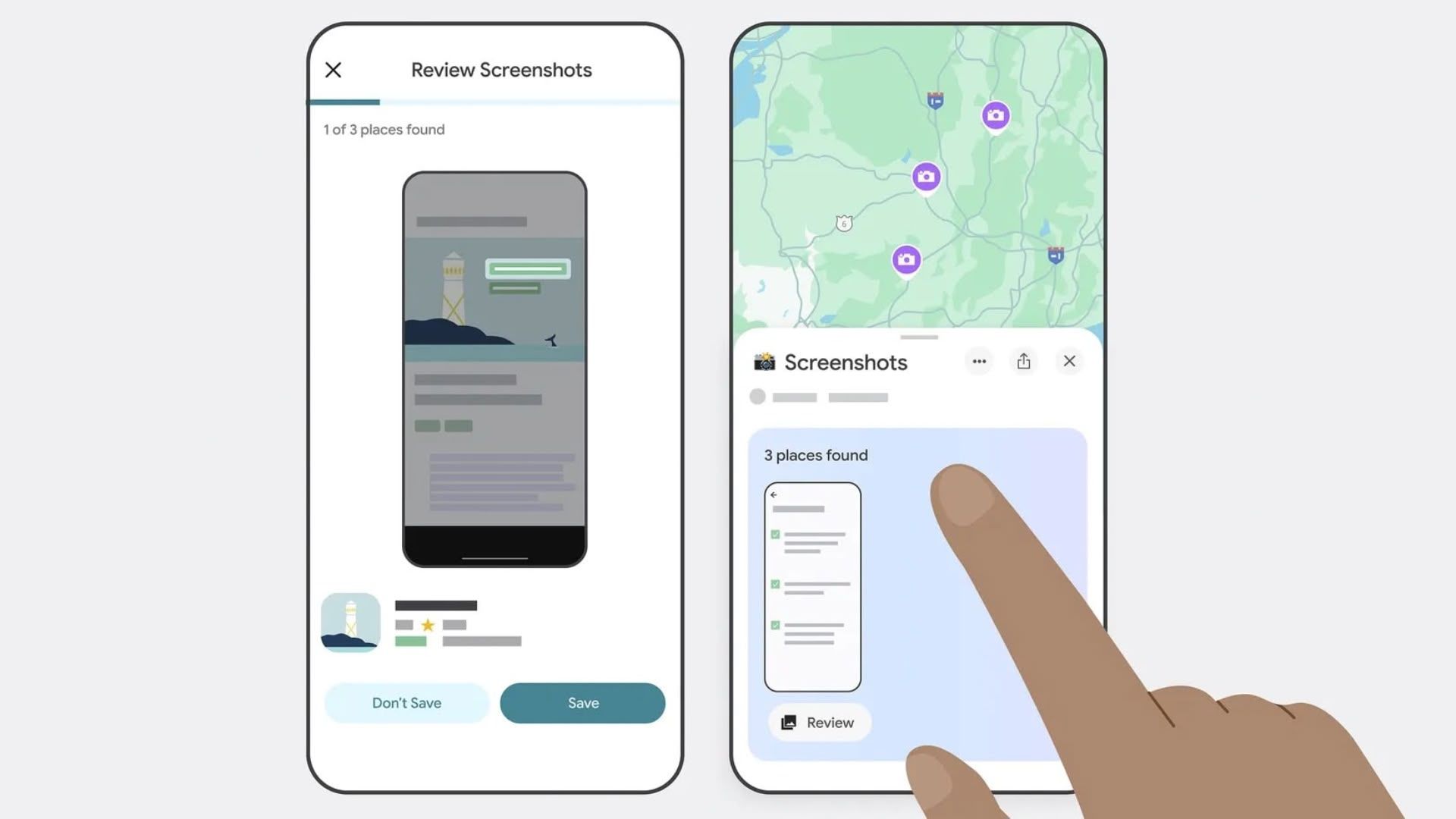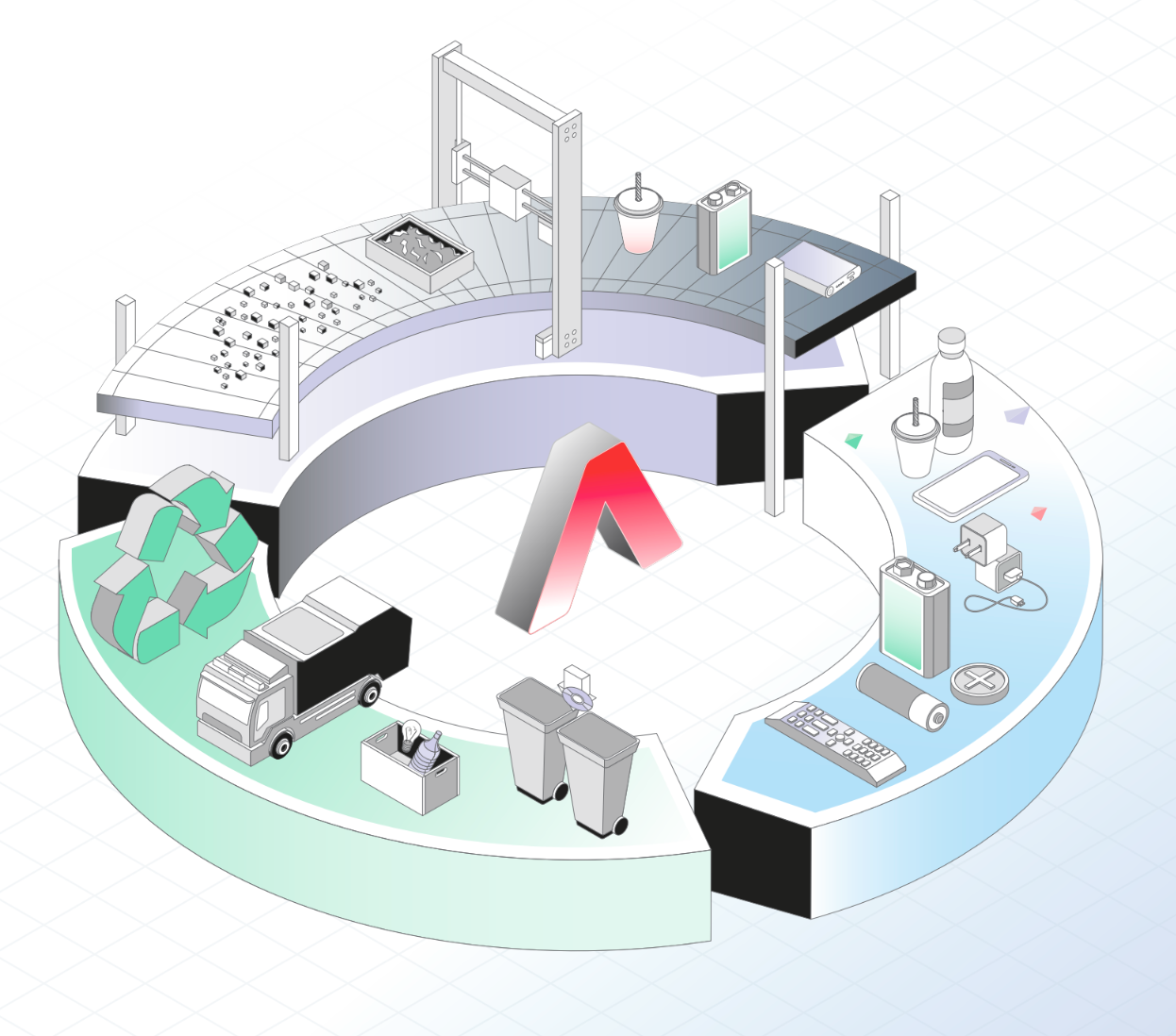What is Docker and Why Should You Care?
Look, I get it. When I started out 3 years ago, I was all about getting my apps online the quickest way possible. Vercel for my Next.js projects, Netlify for static sites, and PM2 to keep my Node.js apps running on that cheap VPS I rented. It worked... until it didn't. If you're like me, I highly encourage you to explore about Docker. The Deployment Methods I Used to Swear By I thought I had it all figured out: The One-Click Wonder: Push to GitHub, automatic deployment to a hosting platform. Magic! Until I needed custom environment configurations or hit the free tier limits. The PM2 Savior: SSH into my server, git pull, npm install, pm2 restart. Simple enough... except when dependencies broke, or node versions mismatched, or any of the other thousand things that could go wrong. The "It's Working, Don't Touch It" Server: That Ubuntu VPS running four different apps with a tangled mess of nginx configurations. Heaven forbid I needed to update anything! Why It All Started Breaking Down As my projects grew, the cracks started showing: Dependency Hell: "Works on my machine" became my catchphrase. Configuration Nightmares: Each service had its own way of setting environment variables. Budget Stress: Free tiers ran out fast, and suddenly I was paying $50+ monthly for basic hosting. Scaling Issues: Adding new features meant fighting with deployment configurations. Popular Blunders: I was once told by someone in the industry how their aws bill went up to 100k USD while their product was still in development. I also experienced myself with AWS where their elastic compute is just out of control. Someone new to this tech is bound to make mistakes which can result in huge loss for the company or you. Docker: The Game-Changer It's so powerful. You can run multiple containers on the same server/device just like that. 1. Environment Consistency No more "but it works on my machine" moments. Docker ensures my app runs the same way everywhere. Everything my app needs is defined in a Dockerfile: FROM node:18-alpine WORKDIR /app COPY package.json . RUN npm install COPY . . RUN npm run build EXPOSE 3000 CMD ["npm", "start"] 2. Portable Development I can now share my entire development setup with a teammate by sending them a single file. No more "First install Node 16, then PostgreSQL 13, then configure this environment variable..." 3. Local Testing That Actually Matches Production With Docker, I test in an environment identical to production. No more "it worked in development" problems. 4. Freedom From Provider Lock-in Before, switching hosting providers meant learning a whole new deployment process. Now, I can take my containerized app anywhere that runs Docker. System Requirements - What You Need For Local Development: Component Minimum Requirements Recommended CPU 2 cores 4+ cores RAM 4GB 8GB+ Disk Space 10GB free 20GB+ free OS Windows 10+, macOS 10.15+, Linux with kernel 3.10+ Latest versions Docker Installation Docker Desktop or Docker Engine Latest stable version For Cloud Deployment: Resource Minimum Recommended CPU 1 shared core 2+ dedicated cores RAM 512MB 2GB+ Storage 5GB 20GB+ Bandwidth 1GB/month 100GB+/month Docker Docker Engine 20.10+ Latest version How I Migrated My Next.js App to Docker Switching was surprisingly easy: Step 1: Create a Dockerfile FROM node:18-alpine WORKDIR /app COPY package*.json ./ RUN npm install COPY . . RUN npm run build EXPOSE 3000 CMD ["npm", "start"] Step 2: Add a .dockerignore File node_modules .next .git Step 3: Build and Run My Container # Build the Docker image docker build -t my-nextjs-app . # Run the container docker run -p 3000:3000 my-nextjs-app Just like that, my app was running in a consistent, portable environment. How I Saved Money The biggest revelation was realizing I could replace multiple paid services with self-hosted alternatives: Database Costs: Instead of paying for a managed database, I run PostgreSQL in a container. Multiple Projects: I can host several Docker containers on a single affordable VPS instead of paying per-project. Form Handling: No need for form submission services when I can run a simple form-handling self-hosted service in a container. Analytics: Replaced paid analytics with a self-hosted open-source solution. The "I Wish Someone Told Me This Sooner" Moment Looking back, I wasted so much time fighting with deployment issues that Docker would have solved instantly. If you're still manually SSHing into servers or hitting the limits of one-click deploys, do yourself a favor and spend a day learning Docker. The knowledge transfers everywhere, works for any programming language or framework, and will save you countless hours of debugging environment-specific issues. Docker
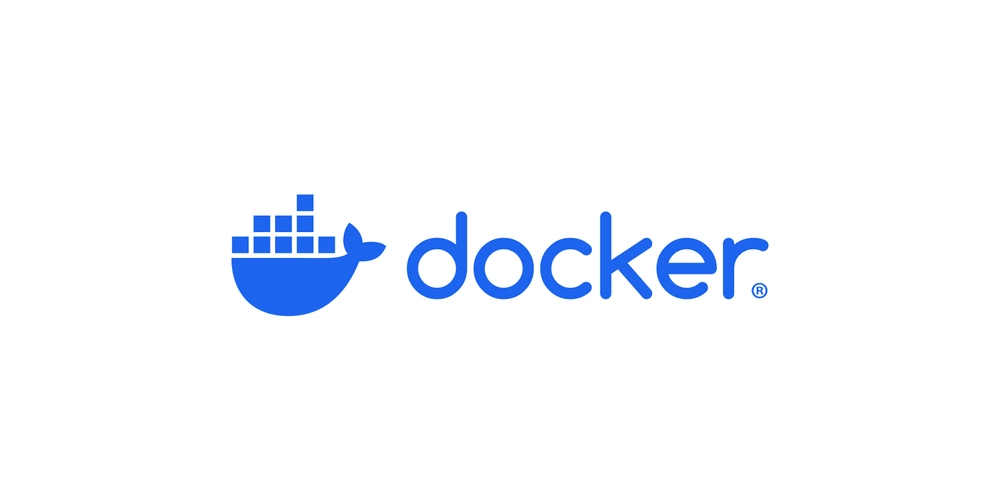
Look, I get it. When I started out 3 years ago, I was all about getting my apps online the quickest way possible. Vercel for my Next.js projects, Netlify for static sites, and PM2 to keep my Node.js apps running on that cheap VPS I rented. It worked... until it didn't.
If you're like me, I highly encourage you to explore about Docker.
The Deployment Methods I Used to Swear By
I thought I had it all figured out:
The One-Click Wonder: Push to GitHub, automatic deployment to a hosting platform. Magic! Until I needed custom environment configurations or hit the free tier limits.
The PM2 Savior: SSH into my server, git pull, npm install, pm2 restart. Simple enough... except when dependencies broke, or node versions mismatched, or any of the other thousand things that could go wrong.
The "It's Working, Don't Touch It" Server: That Ubuntu VPS running four different apps with a tangled mess of nginx configurations. Heaven forbid I needed to update anything!
Why It All Started Breaking Down
As my projects grew, the cracks started showing:
- Dependency Hell: "Works on my machine" became my catchphrase.
- Configuration Nightmares: Each service had its own way of setting environment variables.
- Budget Stress: Free tiers ran out fast, and suddenly I was paying $50+ monthly for basic hosting.
- Scaling Issues: Adding new features meant fighting with deployment configurations.
- Popular Blunders: I was once told by someone in the industry how their aws bill went up to 100k USD while their product was still in development. I also experienced myself with AWS where their elastic compute is just out of control. Someone new to this tech is bound to make mistakes which can result in huge loss for the company or you.
Docker: The Game-Changer
It's so powerful. You can run multiple containers on the same server/device just like that.
1. Environment Consistency
No more "but it works on my machine" moments. Docker ensures my app runs the same way everywhere. Everything my app needs is defined in a Dockerfile:
FROM node:18-alpine
WORKDIR /app
COPY package.json .
RUN npm install
COPY . .
RUN npm run build
EXPOSE 3000
CMD ["npm", "start"]
2. Portable Development
I can now share my entire development setup with a teammate by sending them a single file. No more "First install Node 16, then PostgreSQL 13, then configure this environment variable..."
3. Local Testing That Actually Matches Production
With Docker, I test in an environment identical to production. No more "it worked in development" problems.
4. Freedom From Provider Lock-in
Before, switching hosting providers meant learning a whole new deployment process. Now, I can take my containerized app anywhere that runs Docker.
System Requirements - What You Need
For Local Development:
| Component | Minimum Requirements | Recommended |
|---|---|---|
| CPU | 2 cores | 4+ cores |
| RAM | 4GB | 8GB+ |
| Disk Space | 10GB free | 20GB+ free |
| OS | Windows 10+, macOS 10.15+, Linux with kernel 3.10+ | Latest versions |
| Docker Installation | Docker Desktop or Docker Engine | Latest stable version |
For Cloud Deployment:
| Resource | Minimum | Recommended |
|---|---|---|
| CPU | 1 shared core | 2+ dedicated cores |
| RAM | 512MB | 2GB+ |
| Storage | 5GB | 20GB+ |
| Bandwidth | 1GB/month | 100GB+/month |
| Docker | Docker Engine 20.10+ | Latest version |
How I Migrated My Next.js App to Docker
Switching was surprisingly easy:
Step 1: Create a Dockerfile
FROM node:18-alpine
WORKDIR /app
COPY package*.json ./
RUN npm install
COPY . .
RUN npm run build
EXPOSE 3000
CMD ["npm", "start"]
Step 2: Add a .dockerignore File
node_modules
.next
.git
Step 3: Build and Run My Container
# Build the Docker image
docker build -t my-nextjs-app .
# Run the container
docker run -p 3000:3000 my-nextjs-app
Just like that, my app was running in a consistent, portable environment.
How I Saved Money
The biggest revelation was realizing I could replace multiple paid services with self-hosted alternatives:
- Database Costs: Instead of paying for a managed database, I run PostgreSQL in a container.
- Multiple Projects: I can host several Docker containers on a single affordable VPS instead of paying per-project.
- Form Handling: No need for form submission services when I can run a simple form-handling self-hosted service in a container.
- Analytics: Replaced paid analytics with a self-hosted open-source solution.
The "I Wish Someone Told Me This Sooner" Moment
Looking back, I wasted so much time fighting with deployment issues that Docker would have solved instantly. If you're still manually SSHing into servers or hitting the limits of one-click deploys, do yourself a favor and spend a day learning Docker.
The knowledge transfers everywhere, works for any programming language or framework, and will save you countless hours of debugging environment-specific issues.
Docker isn't just another tool in your stack—it's a completely different approach to development and deployment that makes everything else easier.
Are you still using PM2 and praying your server doesn't crash? Still hitting free tier limits on deployment platforms? It might be time to containerize your way to developer happiness.









































































































































































![[The AI Show Episode 146]: Rise of “AI-First” Companies, AI Job Disruption, GPT-4o Update Gets Rolled Back, How Big Consulting Firms Use AI, and Meta AI App](https://www.marketingaiinstitute.com/hubfs/ep%20146%20cover.png)










































































































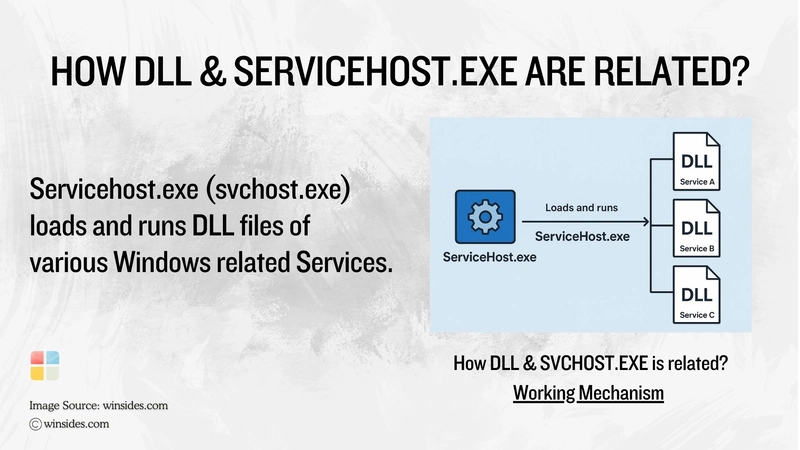














![[DEALS] The Premium Python Programming PCEP Certification Prep Bundle (67% off) & Other Deals Up To 98% Off – Offers End Soon!](https://www.javacodegeeks.com/wp-content/uploads/2012/12/jcg-logo.jpg)







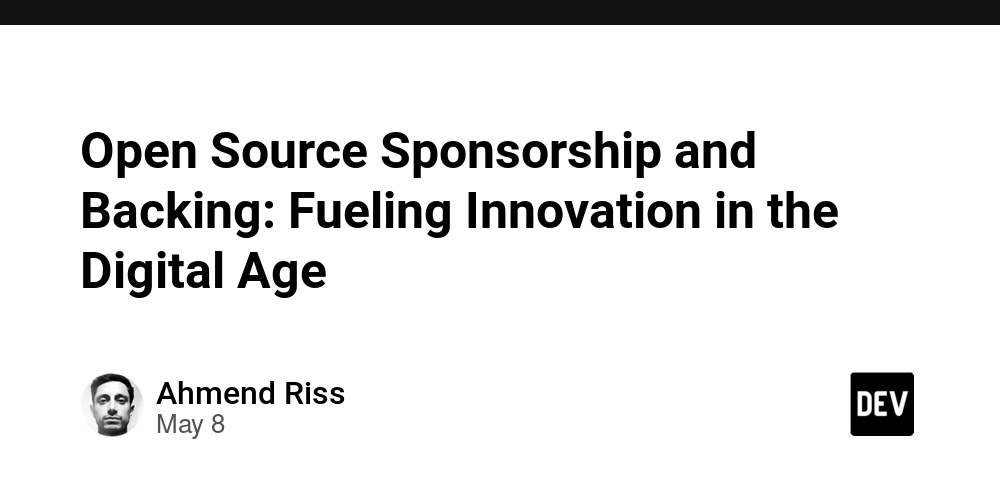









































































































































































































































![Honor 400 series officially launching on May 22 as design is revealed [Video]](https://i0.wp.com/9to5google.com/wp-content/uploads/sites/4/2025/05/honor-400-series-announcement-1.png?resize=1200%2C628&quality=82&strip=all&ssl=1)













![Beats Studio Pro Wireless Headphones Now Just $169.95 - Save 51%! [Deal]](https://www.iclarified.com/images/news/97258/97258/97258-640.jpg)












































